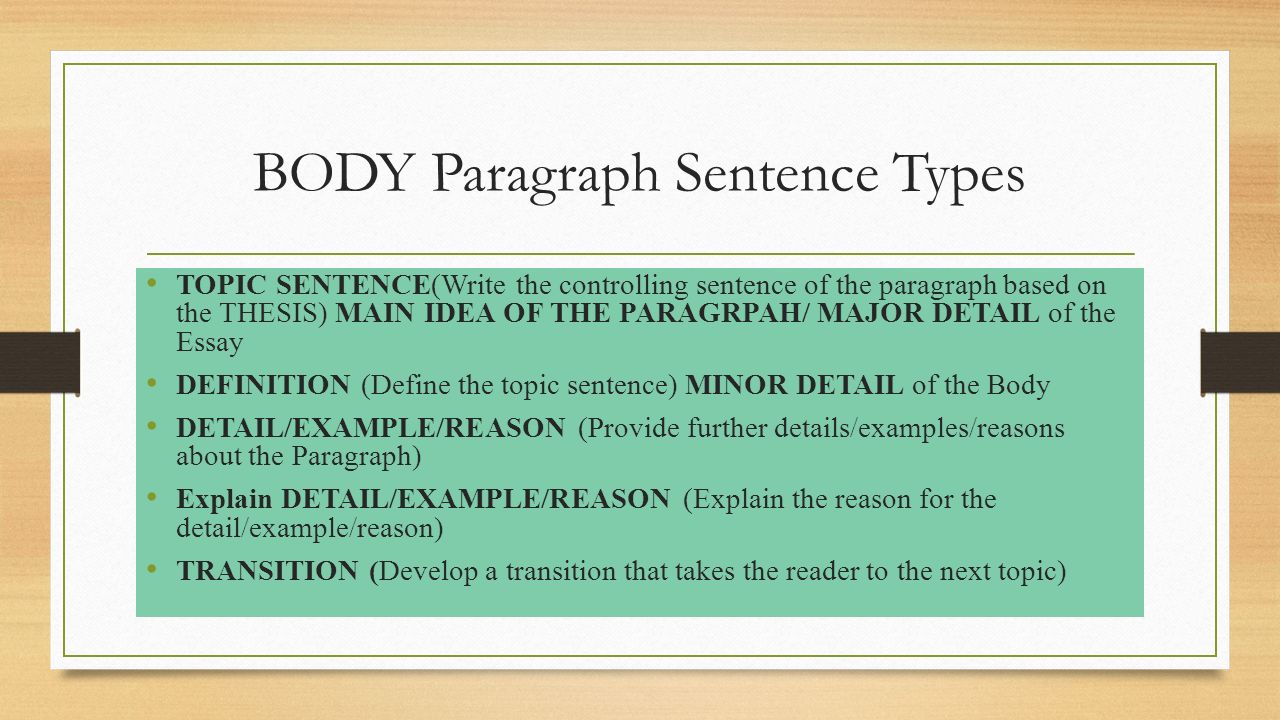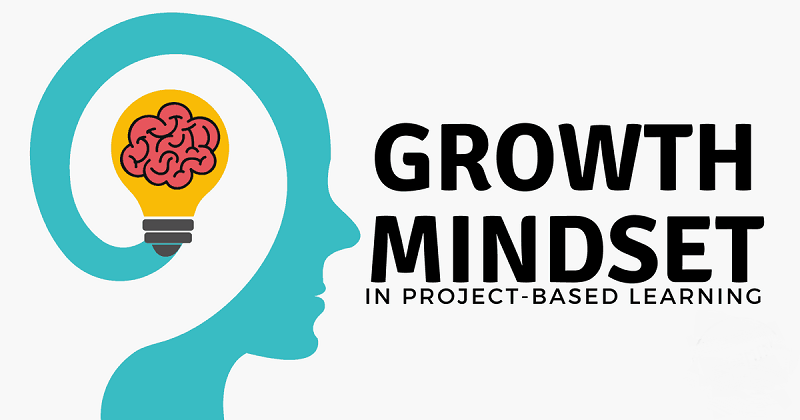The essay is a type of text that analyzes, evaluates or interprets a specific topic, either officially or freely. Its main feature is that it is a text in which the writer has complete freedom to organize content and information. It is also considered a literary genre, such as poetry, fiction or drama. Stay focused while studying in classroom or in a gathering place. All the essays usually present a fairly clear structure, which is articulated around an introduction, a development and a conclusion. If you want to know more about the structure of an essay, pay attention to the following article.
What is the structure of an essay?
The essays must all have a clear introduction, a development, and a conclusion. This is, in broad strokes, the essential structure that we must learn to write or identify an essay.
Introduction

The introduction of an essay is one of the most important parts of the same. In it, the author will make clear what is the subject to which he will approach, what is his thesis and his main lines of argument. It supposes 10% of all the essay, and in the same one, the problems of the subject in question can be raised, reflections of the author, readings of other authors, etc.
Think that an essay is like starting to read a novel; if you have not got hooked on the first page, you probably do not keep reading it.
You must expose the subject in a way that gets the attention of the reader and feel like continuing reading until the end.
In this first part, you must show not only the topic. It will be the best way to empathize with your audience.
For example, an argumentative essay will present a thesis in the introduction that we will try to defend throughout the development with objective and subjective options.
If it were a scientific essay, we would have to present a theory or hypothesis that offers the solution to a problem and then defend it by providing 100% objective tests and options.
The middle part (Body development)

This part will cover the main content of the essay, the arguments that will make grow the main idea exposed in the introduction. In the development, the author of an essay exposes and analyzes the topic that he has chosen in depth. It raises your ideas and arguments based on other sources such as magazines, interviews, books, and even online sources. It is the largest part since it occupies 80% of the trial. Also, it is necessary to synthesize and summarize all the content, because even if it is the widest part, it should not be tedious.
The development of the body, will be the most extensive part of the essay, represents 80% of it, so it will be necessary to summarize all the relevant information that we want to expose. Not being extensive should be heavy; we have to try to liven it up as much as possible.
Also the development, it is the moment to give form to our opinions and personal valuations on the subject. It is important that all the ideas you present are intertwined so that there is coherence.
Conclusion part

The conclusion will be the final part of your essay that will serve to reinforce the idea presented above. In this part, the most relevant arguments presented will be summarized on the one hand, and on the other, we will make clear what our final position is.
The conclusion should be brief and concise. It is the part in which you reaffirm yourself from everything said. It is in the development where the author, first, presents his main ideas, which must be argued by secondary explanations and be encouraged in concrete data obtained, as we mentioned above, from other sources of information but also their assessments and opinions. It is important that all the ideas presented are well intertwined and the essay has coherence.
Finally, we find the conclusion. The part in which the idea or the most important ideas of the text are summarized. Those that the author wants to stand out above others. Thus, it will clearly show what your position is by quickly listing the most important arguments given in the development. That’s all are the structure of an essay.








